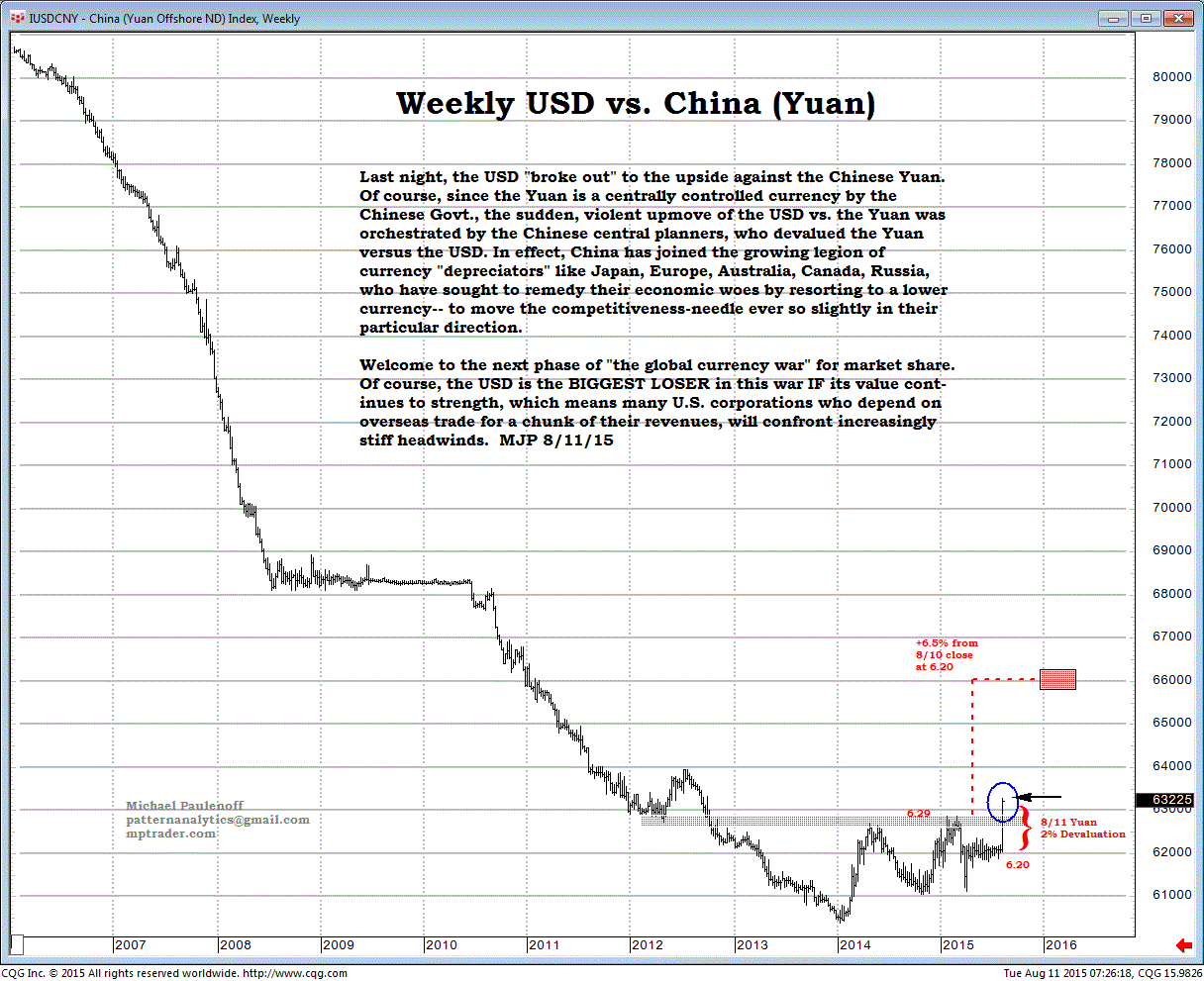
China not only accounts for 40 percent of global spending on EVs, but its consumption in this category is growing more than seven times faster than the global rate.

EVs in particular stand out, due in part to policy support. Three patterns are emerging in terms of China’s share of global consumption.įirst, China is over-represented in discretionary spending categories such as fashion, accessories, consumer electronics, and electric vehicles (EV), relative to its share of global GDP. China generates about 17 percent of global GDP today, but accounts for a larger share of consumption in several categories (Exhibit 2).
Insight/2020/11.2020/11.05.2020_ChinaIPOs/Gross%20Proceeds%20of%20IPOs%20by%20Exchange%20by%20Year.png)
Thanks to their rising incomes, Chinese consumers are punching well above their weight.

Over the next five years, it is estimated that the number of millionaires in China may double, from around five million today to ten million in 2025. By 2030, it may be home to about 400 million households with upper-middle and higher incomes-roughly as many as in Europe and the United States combined. Another 20 percent of consumption could come from the segment above them, as the “affluent” (with annual household incomes of 345,000 renminbi or more) double their current 10 percent share.Ĭhina is steadily becoming a crucial market for categories geared toward consumers with higher incomes. By 2030, 60 percent of urban consumption is projected to be driven by upper- middle-income consumers (with annual household incomes ranging from 160,000 renminbi to 345,000 renminbi in real 2020 terms), compared with 35 percent today in our baseline scenario. By 2030, we expect about the same number of people to not only join the consuming class but to climb up the income pyramid within it (Exhibit 1).Ĭonsumers in the upper-middle brackets are likely to drive the lion’s share of growth in China over the next decade. That is the point at which they are considered to be members of the consuming class, who are able to afford some discretionary goods and services on top of the basic necessities. In 2000, around 1.2 billion Chinese people did not have sufficient income to spend $11 a day in PPP terms. The growth of China’s middle class has been well documented, but its sheer scale continues to be relevant-and remarkable. China’s rising consuming class is an engine of global growth in many discretionary categories Their evolution has the potential to reshape the entire global consumer market.

This article provides a more specific lens on emerging patterns among China’s consumers, who are at the forefront of technology adoption, demographic shifts, and new behaviors. A recent report from MGI notes that across the continent, consumption is segmenting and diversifying, while new pockets of growth are emerging. It’s also growing into a more complex phenomenon as demographic and social changes collide with significant technological advances.
#The future trend of chinese conji drivers#
Among the drivers of this growth are seven key consumer segments identified in previous research by the McKinsey Global Institute (MGI).īut across Asia, consumption is not just rising. Over the next decade, it may add more consumption than any other country, and is expected to generate more than one-quarter of all global consumption growth, according to our baseline scenario. China is estimated to be the largest consumer economy today as measured in purchasing power parity (PPP) terms.


 0 kommentar(er)
0 kommentar(er)
